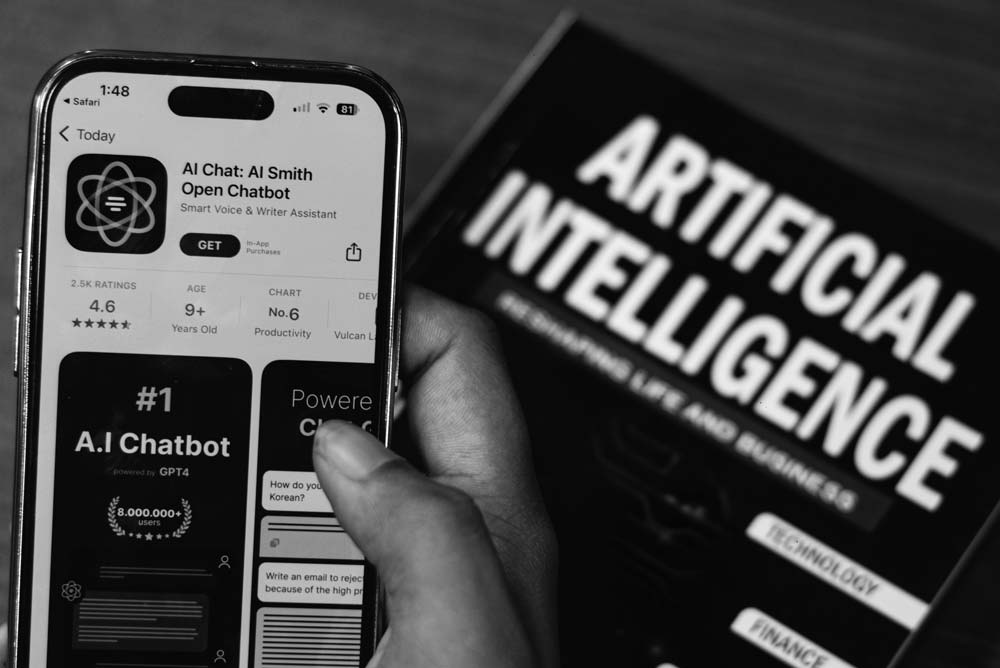Artificial intelligence (AI) has come a long way in recent years, primarily due to technological advancements and a surge in computational power. With my position at Endemaj Funds, I’ve closely followed these developments and the incredible potential they hold. Today, I’d like to take a deep dive into the realm of speculation about the future of AI, specifically concerning the next iteration of OpenAI’s Generative Pretrained Transformer models – GPT-5.

Having witnessed the launch of GPT-4, we’ve seen the vast leap from the previous iterations, notably in its capacity to comprehend and generate human-like text. It has provided us with an astounding 1 trillion parameters, up from its predecessor’s 175 billion. However, while we marvel at the leaps and bounds that GPT-4 has made, we can’t help but turn our gaze forward to what its successor, GPT-5, might offer us.
While not yet confirmed, the release of GPT-5 might be expected around 2024. While my belief is speculative, it is informed by the pattern of past releases and the constant pace at which OpenAI has progressed. However, it is crucial to understand that the development and release of such an advanced model may face potential regulatory roadblocks, especially if it verges towards the realm of Artificial General Intelligence (AGI).
AI evolution: What to expect from GPT-5
One of the most anticipated improvements with GPT-5 is the potential reduction of AI hallucination. In this context, hallucination is when the AI generates information not based on the input data – a challenge GPT-4 significantly improved on. I predict that GPT-5 will further improve in this area, reducing hallucination to less than 10%.
Another critical aspect that OpenAI might focus on with GPT-5 is creating a compute-efficient model. While GPT-4’s capabilities are impressive, the high computational cost and inference time might be less attractive for businesses and developers. Thus, a more efficient model could become an essential target for GPT-5’s development.
I also expect that GPT-5 will break barriers and become a multisensory AI model. While GPT-4 hinted at multimodal capabilities, GPT-5 may evolve into an AI system capable of handling and interlinking data from text, audio, images, videos, and more. Such advancements could lead to a richer, more integrated AI system.
Additionally, OpenAI might aim to increase the context length for GPT-5, offering the model a form of long-term memory. Imagine AI characters that remember your interactions and information over extended periods, offering personalized AI experiences. Such a feature could revolutionize the way we interact with AI.
However, while we marvel at the potential of GPT-5, it’s essential to be mindful of the implications. GPT-5 could potentially inch closer to AGI, which raises significant safety and ethical concerns. In the race towards achieving AGI, we must be wary of potential risks, such as misuse or the possibility of causing a socio-economic divide.
Finally, in regard to OpenAI’s stance on sharing its research, while they have moved away from sharing detailed research information recently, I predict they will continue to contribute to the open-source AI community. This is a balancing act between maintaining competitive advantage and fostering collective, global AI progress.

carefully stepping into the future
To conclude, the speculations surrounding GPT-5 are indeed exciting. I believe it holds great potential for revolutionizing the AI field and impacting various sectors. But alongside the optimism, there should be careful and responsible governance, ensuring its development and application serve the best interests of humanity.
Even though advancements like GPT-5 can be disruptive, they could also provide numerous opportunities for creativity, economic growth, and social development. In the business realm, we can foresee a transformation of many industry sectors, from customer service to content creation, education, healthcare, and more. The potential is enormous, and it’s crucial that these technologies are used wisely to benefit society as a whole.
For instance, if GPT-5 could effectively integrate multimodal data processing, it might bring unprecedented advancements in accessibility technology. Imagine AI that could communicate with deaf individuals through sign language or describe visual information to those with visual impairments. This could significantly improve their daily lives and open new avenues of interaction and inclusion.
Furthermore, with enhanced memory retention, AI could become more personable and useful in managing our daily lives. AI personal assistants might remember our preferences, schedules, and past interactions, offering a more tailored and efficient service. From managing our calendars to predicting our needs, our lives could seamlessly integrate with AI.
However, on the flip side, these advancements also raise ethical and security concerns. For instance, AI that’s too personable might encroach on personal privacy. AI systems with long-term memory could be vulnerable to hacking, leading to potential data privacy issues. We must ensure the development of strong safeguards and ethical guidelines to prevent misuse.
Moreover, it’s imperative to maintain an open dialogue about the impact of such advanced AI on our society, particularly in the job market. These advancements could lead to job displacements, and we must proactively discuss and prepare for this potential reality.
While I am excited about GPT-5 and the technological marvel it might become, I am equally aware of the significant responsibility it carries. I hope that it will be a tool of positive change, contributing to a world where AI benefits everyone. It’s a future I am eager to see unfold and to play a part in shaping.
The journey toward GPT-5 is filled with anticipation, wonder, and a fair amount of caution. As we tread this path, we must remember that our ultimate goal should not be to build AI that surpasses human intelligence but rather AI that works with and for humanity. The challenges and rewards of this journey are immense, and I look forward to sharing and experiencing them with you.
Join me as we explore and shape this extraordinary future together.





